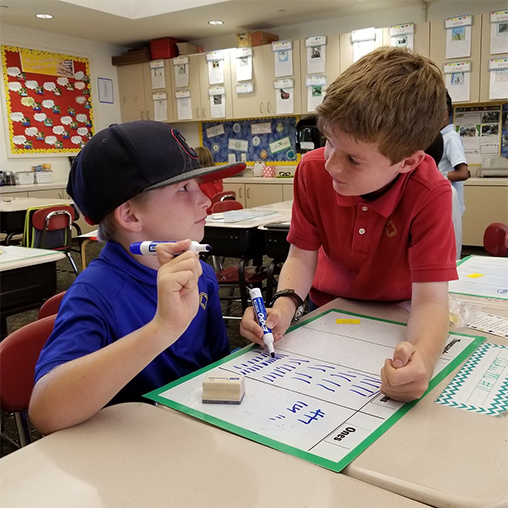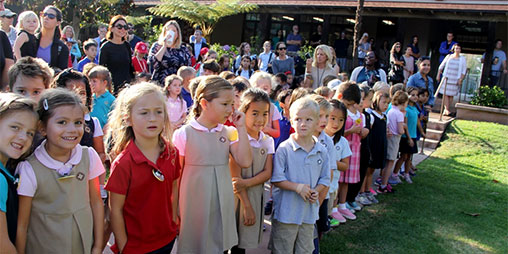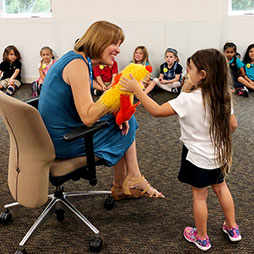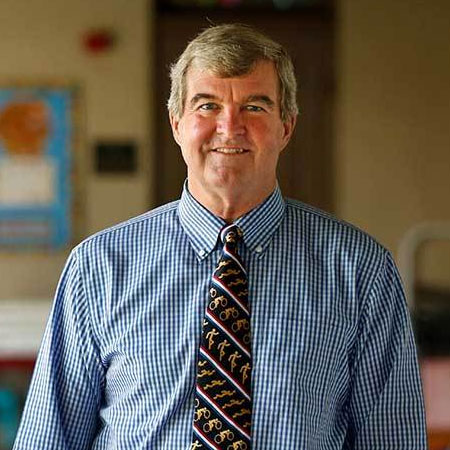



by Head of Lower School Dr. Bob Gillingham
As a young principal years ago, I came to appreciate the power of teams to shape school culture, and it eventually became my dissertation topic. However, the road to that understanding was long and occasionally rocky. In fact, my appreciation of the strength of culture actually stemmed from my many initial failures to ride in like a heroic knight to single-handedly reconfigure our division in accordance with my personal vision.
I’ve had the privilege of spending the majority of my career at Parker, this marking my 43rd year. Over the course of the voyage, I’ve driven buses for the school, taught both elementary and middle school, and served as the Head of the Lower School for the last 28. Looking back, I can honestly say that the lessons I’ve learned have originated in all of those assignments, but most certainly from the people involved with them… a most wonderful group of people who, though their faces have changed over time (I’ve now been involved in the hiring of all but 5), have nevertheless internalized the essence of Col. Francis W. Parker’s philosophy.
Over the years, I’ve witnessed a gradual shift in our Campus and in the Parker Community. In the early ’80s, much of what we did as teachers, we did as solo practitioners. It wasn’t uncommon for the student experience in one classroom to be quite different from that in another and for grade-levels to be somewhat eclectic. Under such circumstances, it can be quite difficult to engineer meaningful campus-wide changes that will improve the educational program.
Parents, too, were not then as well-coordinated a volunteer group as they are now. At some point, it was recognized that the disparate parts of the parent body, the Mothers’ Club and the Fathers’ Club, needed to come together to be most effective in supporting the school. The Parents Association was formed, and eventually, every parent was automatically a member of this organization.
Similarly, we began hiring with teaching teams in mind, recognizing that the real strength of our school would be grounded in our collaborative, mission-driven efforts. Subsequently, strong teams produced teacher leaders whose interest, enthusiasm and expertise allowed for a broader vision of our program and the introduction of several very successful initiatives including Balanced Literacy and Singapore Math.
The two groups, the parents and the staff, have become more efficient and effective over time, and the teamwork that increasingly defines our school’s adults has trickled down to the student experience. The kids are learning how to work within a variety of groups under varying conditions to define and solve problems in much the same way they’ll do so in their adult lives. They’re learning to listen to and consider others’ perspectives, to resolve conflicts as they arise, and to deal with initial failures by learning from and building on them, thereby increasing their resilience and resourcefulness.
Collectively, the staff senses the opportunity to build on these developments in strengthening the students’ social and emotional growth, ultimately to help them internalize the values of STRIVE so that these habits become life-long “ways of being.” Accordingly, we’re leveraging lessons we’re learning from a variety of social-emotional development sources so that together we’re using the same vocabulary, selecting materials and framing up lessons that reinforce good character development and sharing the same expectations in everything we do at school and home.
Lofty goals, for sure, but certainly within the scope of “as far as our minds can see.”
